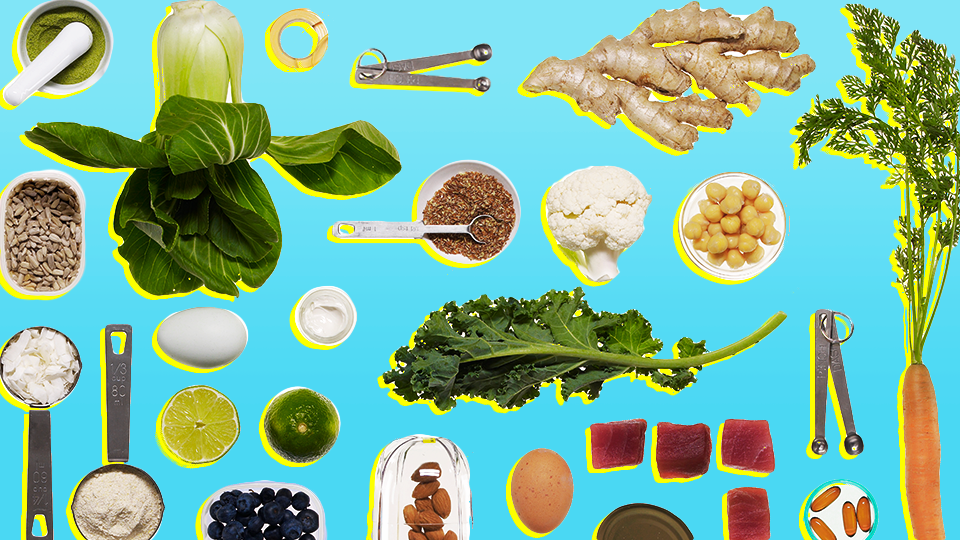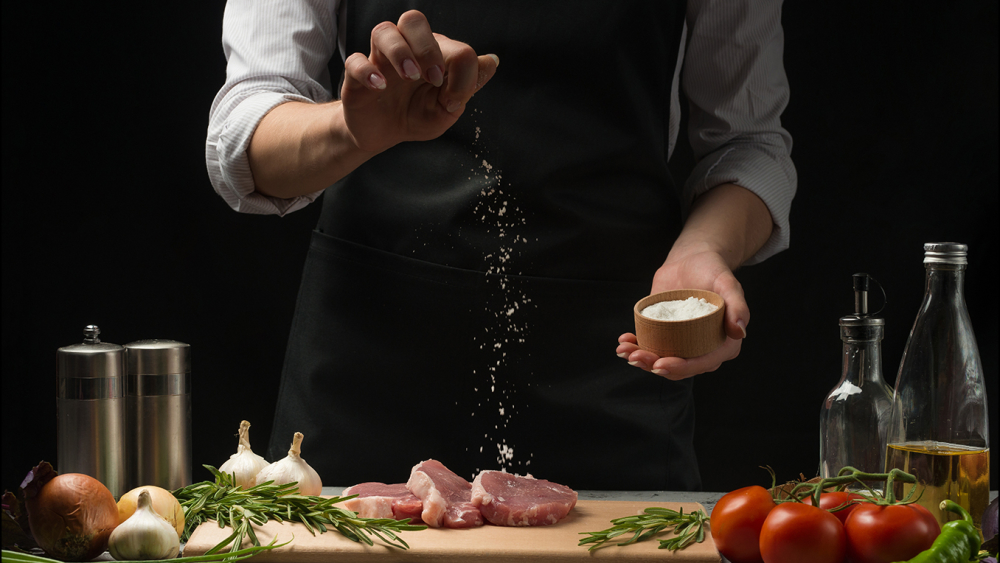
If you are passionate about cooking, then you have probably tried to learn advanced cooking techniques. French and Chinese techniques are two of the most well-known. But what about Japanese and Chinese methods of cooking? You'll want to learn the best techniques for steaming and poaching as well. Read on to discover how these methods work and why you need to learn them. These techniques can easily be applied to your everyday cooking. And don't forget to keep an eye out for cookbooks that explain these cooking methods in detail.
French cooking techniques
French cooking has its roots in traditional techniques. French chefs have long been known to place everything in its proper place and cook everything slowly at low temperatures. Confit is a method of slow cooking various foods in fat at low heat. In the same way, sauces are often made with alcohol. Flambeing is most commonly used to make desserts. However the alcohol in it can also be used while the food is still cooking to enhance the flavor.
Chinese cooking techniques
The traditional Chinese kitchen is filled with many complex techniques that can make your cooking more delicious. Stir-frying is one of these techniques. It involves using a wok to heat oil and then cooking the ingredients in it. Stirring the food rapidly and thoroughly is necessary to achieve the desired texture. This method works best for small ingredients like vegetables and noodles. Chinese cuisine offers many different cooking methods, including stir-frying.

French method of steaming
Steaming is a method of cooking that uses hot air to circulate around food. It retains all nutrients and doesn't add any fat. Steam is gentler than boiling water and is great for delicate foods. Food cooked this way cooks quickly with little loss of nutrients and natural color. This technique can make the cooking of fruits and vegetables a pleasure, as it has been well-known by the French.
Japanese poaching technique
The Japanese have perfected slow cooking fish. Poaching is becoming increasingly popular around the world. This method involves placing food in a vacuum sealer and slowly cooking it at low temperatures. This technique produces a uniform texture and removes aromatics and other liquids, and the health benefits are obvious. Here's how to poach salmon Japanese-style.
Vietnamese method of boiling
It is simple, but very effective, to boil rice in the traditional Vietnamese way. This method involves steaming foods in metal or bamboo trays. This method preserves all nutrients and avoids the use of oil. You can use it to make sticky rice and seafood. It is especially beneficial for those in need of water, particularly those living in poor countries. A few precautions are required, though.

FAQ
How long does cooking take? How long do I need to learn to cook?
It depends on your level of skill. Some people can learn basic cooking techniques in as little as a week. Others might take months or years before they feel confident enough to teach themselves how to cook.
The person who is learning to cook can vary in the amount of time they need. Someone who has never been to the kitchen before might need more time than someone who does it regularly. Different types of cooking require different amounts of experience. Baking requires more knowledge than frying.
A specific technique will help you cook faster. After mastering one technique, you can move on to the next. You shouldn't stress about how long it takes to learn how cook. You can just keep at it and enjoy the process.
How do I become a Chef?
There are many routes to becoming a chef. A course at a local community college or vocational school is a good place to start. Then, look into attending culinary school. A paid internship is another option.
What are some basic cooking skills?
Basic cooking skills include knowing how to read recipes, measure ingredients, cook food safely, and clean up after yourself. This is the first step to learning how to cook. Cooking is an excellent way to save money because you don’t have the need to eat out as often.
Statistics
- According to the BLS, chefs earn $58,740 a year. (learnhowtobecome.org)
- In the United States, the category is estimated at $23.2 billion annually and is growing faster than the market. (washingtonpost.com)
- You'll be amazed that over 90% of CIA students receive scholarships and grants to finish their culinary studies. (ischoolconnect.com)
External Links
How To
How to make a perfect eggroll
Omelets have always been a favourite food to eat for breakfast. But how do you create them perfectly? I've tried many different methods and recipes, but none of them seem to work! So today, I want to share some tips and tricks with you so you can make your own delicious and fluffy omelets every morning.
When making omelets, it is important to be aware that eggs can be temperamental. They must be fresh, preferably from the organic market, and be kept cold until cooking. They must be kept cool, otherwise the whites will not form properly and the yolks may become runny. This causes your omelets to look oddly colored. If you intend to cook your eggs immediately, it's best to use room-temperature egg.
You might also try separating the egg before adding to the pan. It is important not to allow any white to mix with the yolk as this could lead to the omelet becoming curdled.
You might burn the bottom of the egg if you place the egg directly on the stovetop. This could ruin the texture of your omelet. Instead, heat the egg in a microwave for 10 seconds and then place it in a pan. The microwave heat cooks the eggs just right without overcooking them.
Next, let's discuss mixing the eggs. Mixing eggs together is important. You need to beat them well. To do this, grab the bowl of the mixer and turn it upside down. Now shake the bowl vigorously. This allows the air to be whipped and the egg to be mixed thoroughly.
Now comes the fun part - pouring the milk into the mixture. The first step is to pour half of the milk in the beaten eggs. Next, fold the eggs into the remaining milk. Don't worry if there are still streaks of egg visible; these streaks will disappear once you flip the omelet.
After you have folded the eggs, heat the oil in a pan over medium heat. Once the oil has started to sizzle, turn the heat down to low. When the oil is hot enough, add 1/4 cup butter to the pan. Stir it around until the butter covers the entire pan. Next, carefully open the lid and sprinkle salt into your pan. Salt will prevent the omelet sticking to the pan.
Once the omelet forms, cover the pan again. Let the top side set completely. Use a spatula to flip the omelet or turn the pan upside-down. Cook the other side for about a minute. Serve immediately after removing the omelet from its pan.
This recipe is best when used with whole milk. But, you can use skimmed milk as well.